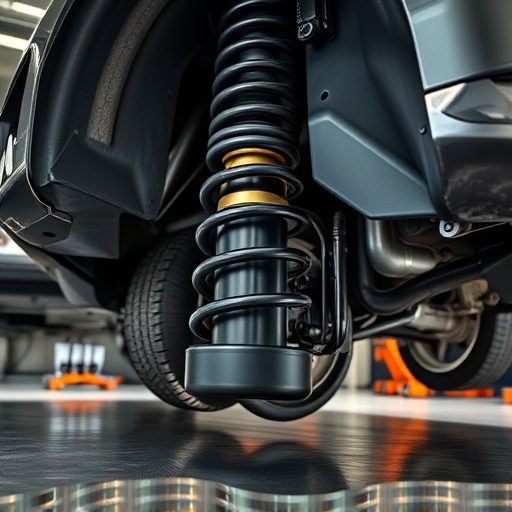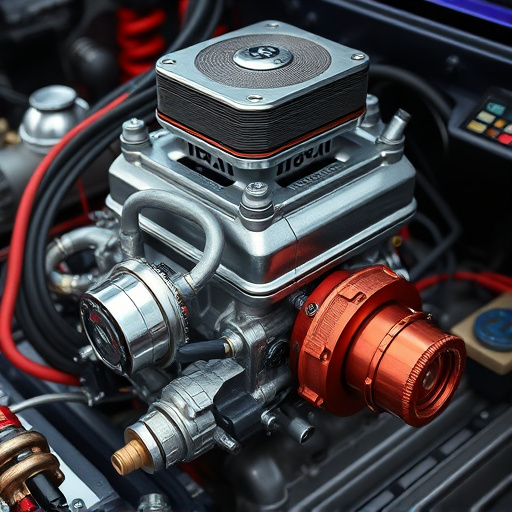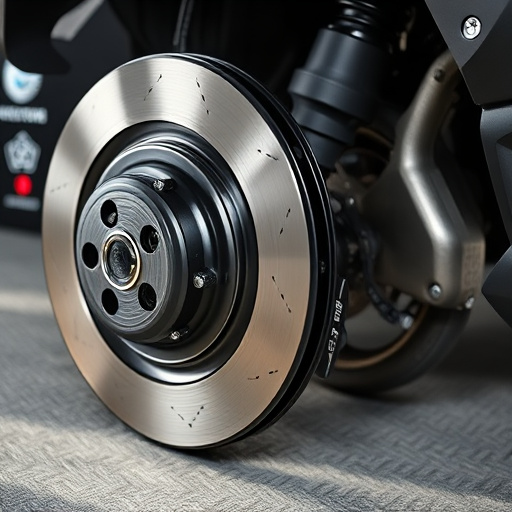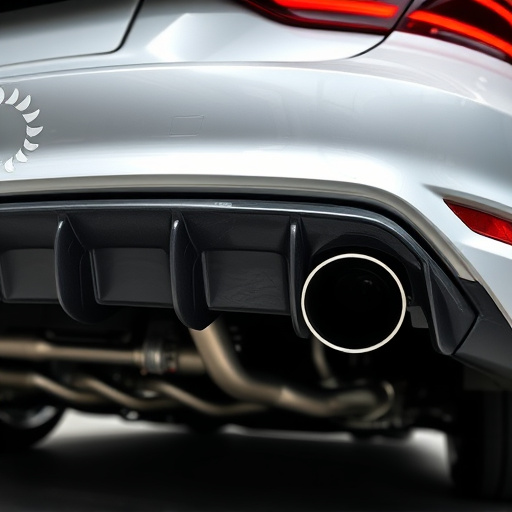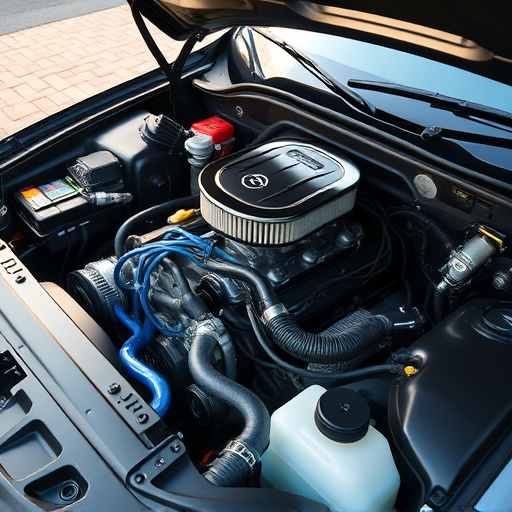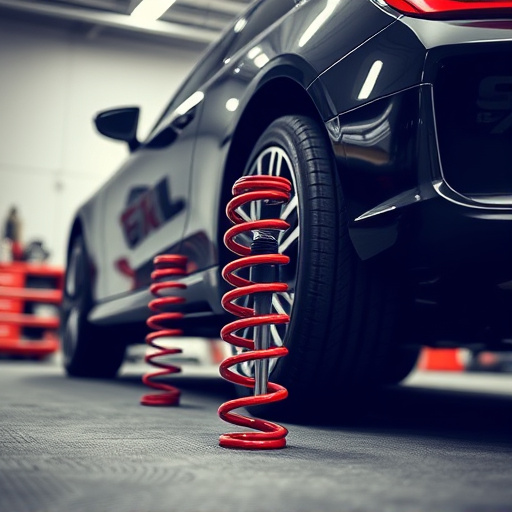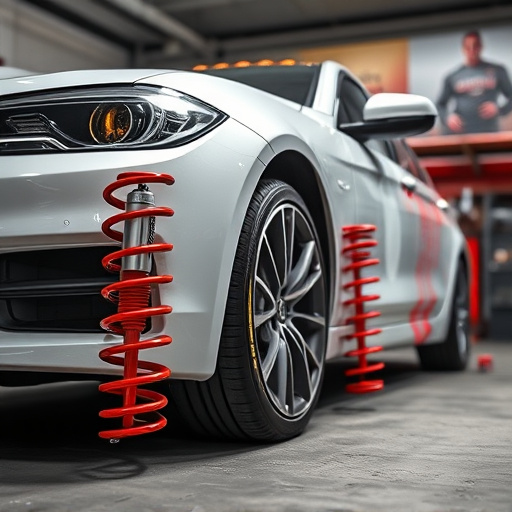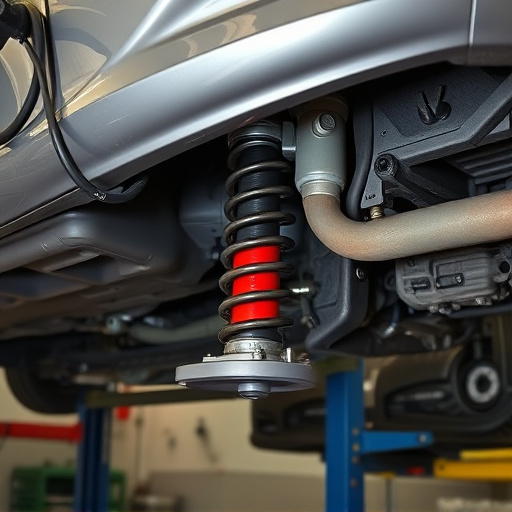Understanding brake pads and rotors costs involves considering vehicle make, chosen parts (aftermarket vs OEM), and potential upgrades to other components. Average cost ranges from $100 to $300 for a complete job, with aftermarket parts being more budget-friendly. Regular maintenance and exploring affordable performance brakes can significantly reduce expenses.
Brake pads and rotors are essential components of your vehicle’s safety system. When it comes time for replacement, understanding the cost is crucial. This article breaks down the factors influencing brake pads and rotors prices, providing a clear guide on what to expect during a brake job. From understanding average costs to tips for minimizing expenses, we’ve got you covered. Stay informed and stay safe on the road.
- Understanding Brake Pad and Rotor Replacement Costs
- Factors Influencing Brake Parts Prices
- Tips for Minimizing Brake Job Expenses
Understanding Brake Pad and Rotor Replacement Costs
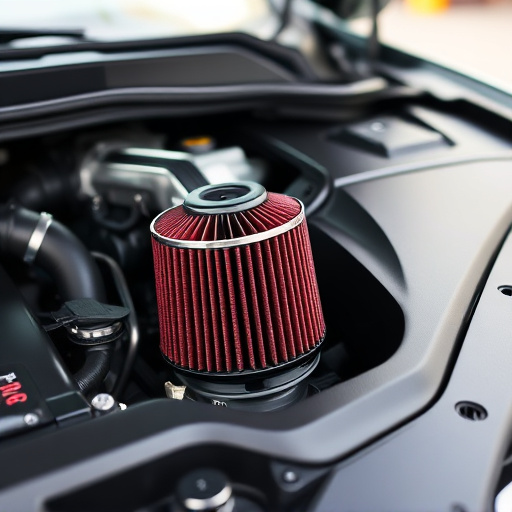
When it comes to understanding the cost of replacing brake pads and rotors, it’s essential to consider several factors that can impact your overall expenditure. Brake pad and rotor replacement is a necessary part of vehicle maintenance, as these components wear down over time due to constant use. The price you’ll pay can vary widely depending on various elements, including your vehicle’s make and model, the specific parts chosen, and whether you opt for aftermarket or OEM (original equipment manufacturer) options.
On average, expect to spend anywhere from $100 to $300 for a complete brake pad and rotor replacement job. Aftermarket pads and rotors are generally more affordable than their OEM counterparts, offering a cost-effective solution without sacrificing quality too much. Additionally, other components like air filter kits, exhaust systems, or cold air intakes can influence the overall repair bill, depending on your vehicle’s needs and your preferences for upgrading these parts alongside the brake system.
Factors Influencing Brake Parts Prices
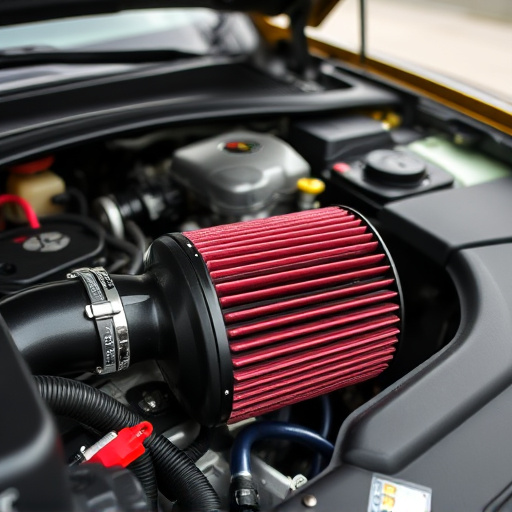
Several factors influence the price of brake pads and rotors, making it essential for car owners to understand these variables before undertaking any maintenance. One significant factor is the brand and quality of the replacement parts. Premium brands often command higher prices due to their advanced materials, precise engineering, and stringent manufacturing processes. These high-quality brake components may offer improved performance, longer lifespans, and enhanced safety features compared to their generic counterparts.
Another consideration is the vehicle’s make and model. Different cars have varying designs and requirements for their braking systems. Rare or classic vehicles might require specialized brake pads and rotors, which can be more expensive due to lower production volumes and specialized manufacturing needs. Additionally, labor costs play a role, as complex installations or specialized tools needed for certain car models can increase the overall price of replacing brake parts, especially when compared to jobs involving more standard suspension components or muffler tips.
Tips for Minimizing Brake Job Expenses
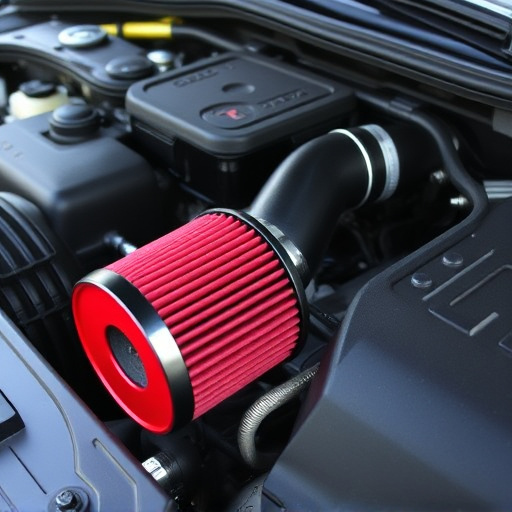
When it comes to minimizing expenses for a brake job, there are several strategic moves you can make. One key tip is to stay proactive and monitor the condition of your brake pads and rotors regularly. Regular inspection allows you to identify wear and tear early, giving you time to plan for replacement before they reach critical thresholds. This proactive approach can significantly reduce the overall cost.
Moreover, exploring options for performance brakes without breaking the bank is a smart move. Many reputable auto parts stores offer a range of brake components suitable for various budgets. Comparing prices and considering muffler tips from different brands can lead to substantial savings. Additionally, DIY enthusiasts might find it advantageous to learn basic brake maintenance tasks, which could lower labor costs.
When it comes to replacing brake pads and rotors, understanding the costs and factors involved can help drivers make informed decisions. By being aware of the typical price range and the various influences on these expenses, such as vehicle make and age, you can better prepare for this essential maintenance task. Additionally, implementing tips like comparing quotes from multiple repair shops and considering high-quality yet cost-effective parts can help minimize the overall brake job expenses. Remember, proactive maintenance not only ensures safer driving but also prevents costly unexpected repairs.


